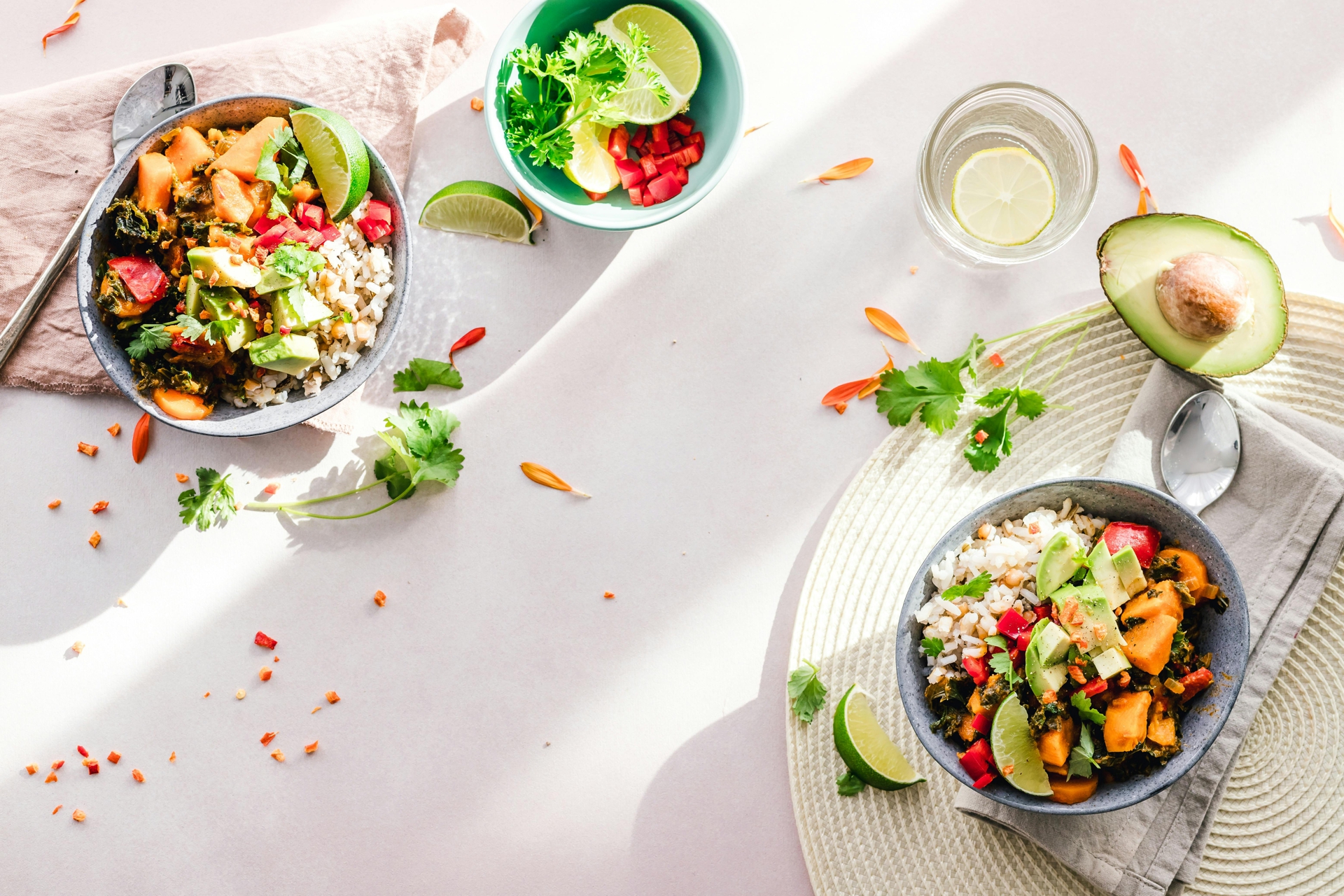According to the World Health Organization (WHO), there are 5 keys to achieve food safety and prevent foodborne diseases.
- Maintaining cleanliness
- Separate raw foods from cooked foods
- Cook food completely
- Keeping food at safe temperatures
- Use water and safe raw materials
The five keys described are considered important to avoid cross-contamination of food and microbial development especially of the pathogenic type.
When it comes to maintaining cleanliness, it is important to ensure that kitchen utensils and equipment are clean and disinfected. At the end, try not to leave traces of cleaning chemicals in the kitchen area.
Keep food separate, raw and cooked, to avoid cross-contamination.
Recommendations to avoid cross-contamination
When working with raw and cooked foods, different boards and clean utensils should be used. In addition, it is necessary to wash hands and not to store raw food above cooked food. For this, spaces in the refrigerator and freezer should be sectioned, and food should be stored covered.
On the other hand, food must be fully cooked. For example, meats should be cooked to more than 70°C in order to eliminate pathogenic microorganisms. Thorough cooking should also be applied to poultry, fish and eggs.
Safe cooking temperatures shall be above 70°C; and safe storage temperature shall be below 5°C; otherwise it is a risk zone. The risk area is the area that favors or promotes the development of dangerous bacteria.
Once the food has been cooked, it should be kept at appropriate temperatures in the refrigerator to avoid the development of bacteria that can damage our health.
It is advisable that cooked and perishable foods are kept refrigerated, below 5°C.
If the food is offered hot, it should be kept above 60°C until consumed, so that bacterial growth does not develop or slow down.
Do not thaw food at room temperature. It is advisable to do it in the refrigerator.
Do not freeze food that has already been thawed. The only exception to this rule is raw materials (raw meat, vegetables) which can be thawed, and once cooked, can be refrozen.
This food should be consumed completely after thawing (do not freeze a second time).
Use drinking water for hand washing, preparing or washing food or cooking utensils. Opt for healthy, fresh foods, such as seasonal fruits and vegetables. Do not consume food after the expiration date.
A proper follow-up of the keys to food safety will ensure proper food hygiene.
Storage of perishable food
Control the temperature of the refrigerator and keep the refrigerator doors closed. Also, it is suggested to assign an adequate place to each food in the refrigerator.
If any liquid or food is spilled, immediate cleaning is advised to avoid cross-contamination.
After the food has been consumed, excess food should be stored in the refrigerator, in such a way as to allow air to circulate in the refrigerator.
Remember that the food about to expire, should be the first to be consumed.
Storage of non-perishable food
It is suggested that they be stored in a dry, cool, sheltered from light, ventilated, tidy, clean place of exclusive use, such as a cupboard.
Check the expiration dates of food, for direct safe consumption.
Cleaning products must be kept away from the cupboard and from any other food. They must be stored separately.
If the food container is damaged or the food is altered, do not consume it. Please note that foods that transmit Foodborne Diseases may have a normal appearance, taste and smell. That is why we must ensure the correct storage or cooking temperatures of the food.


